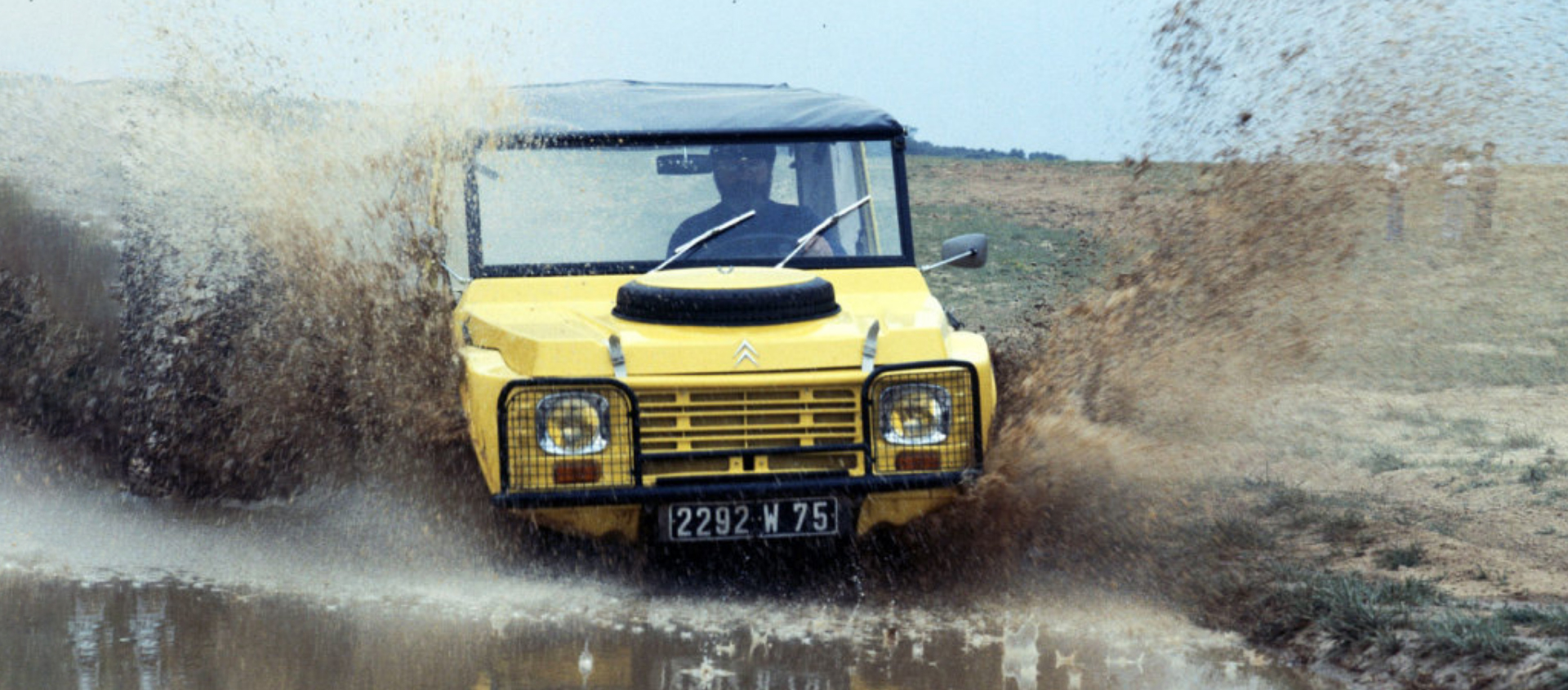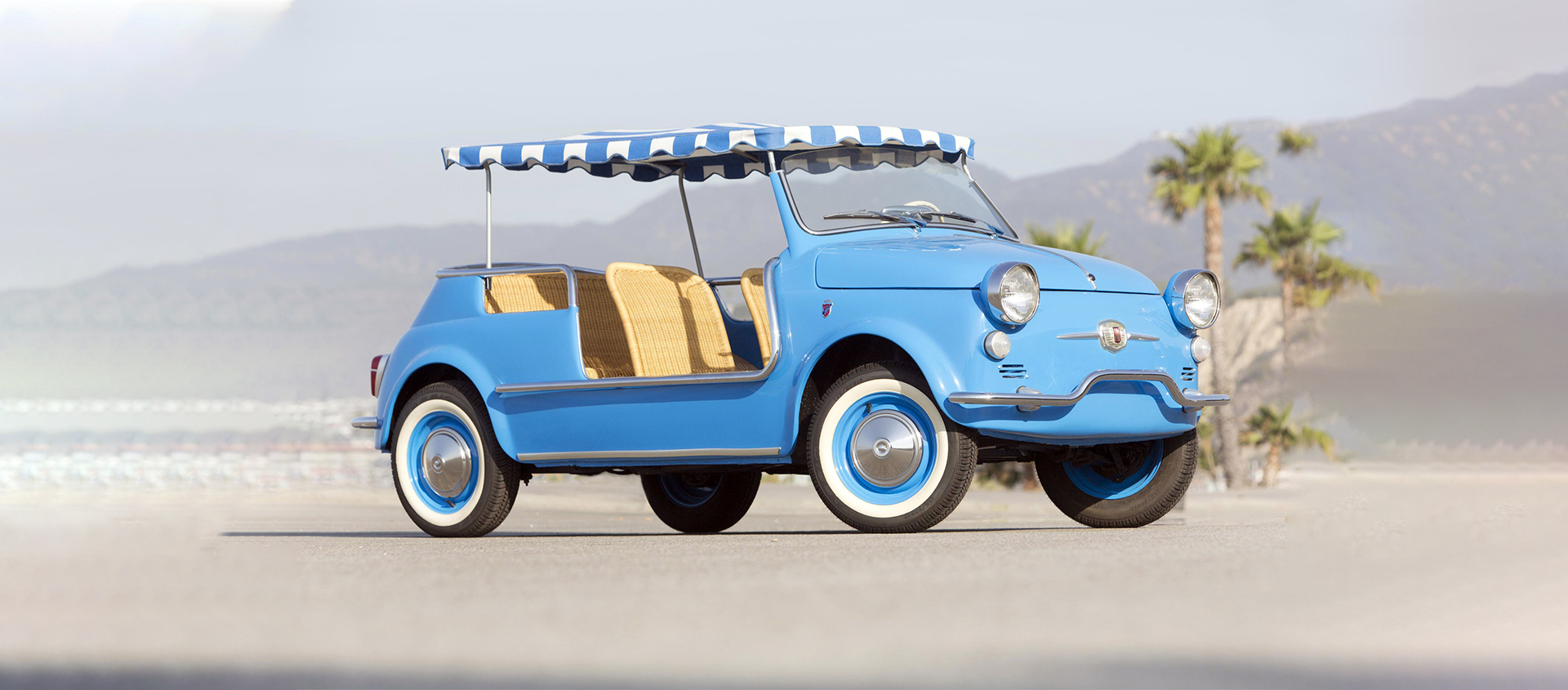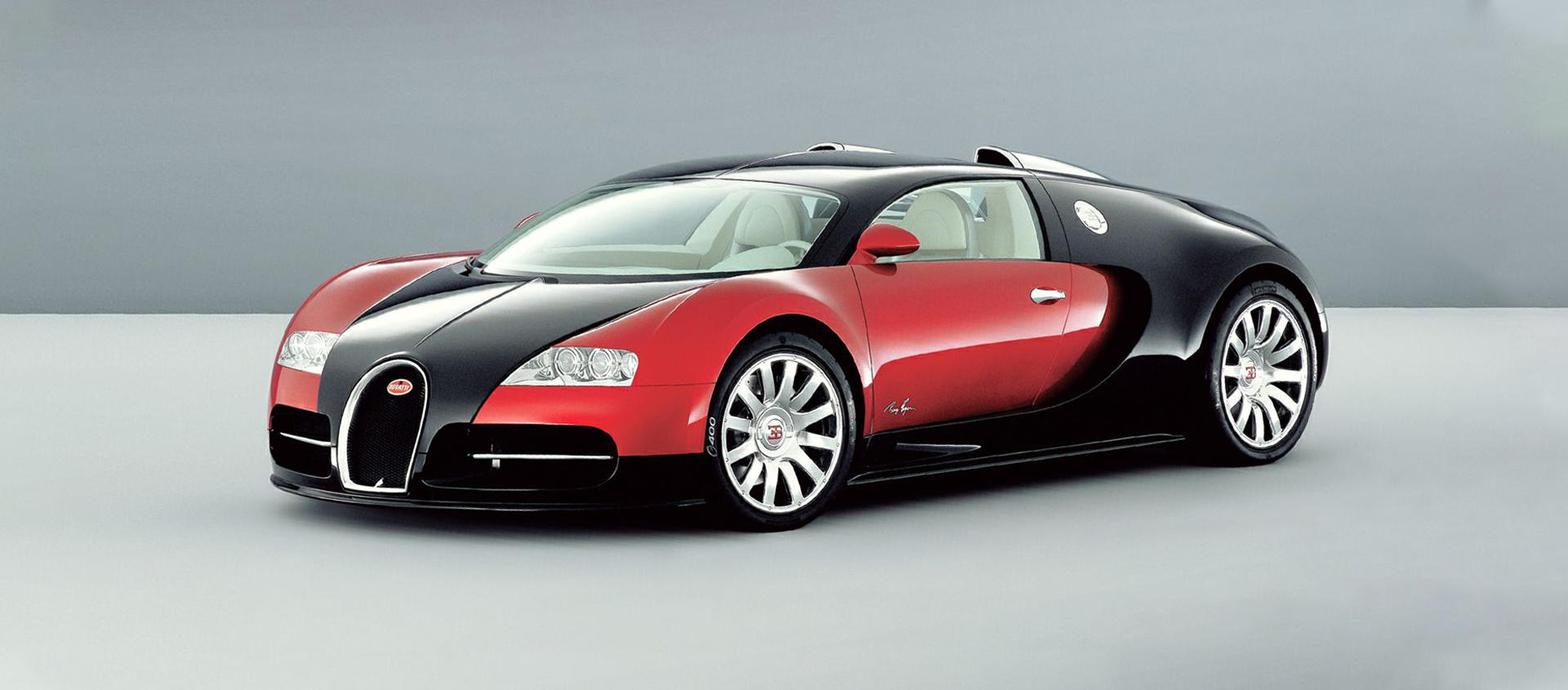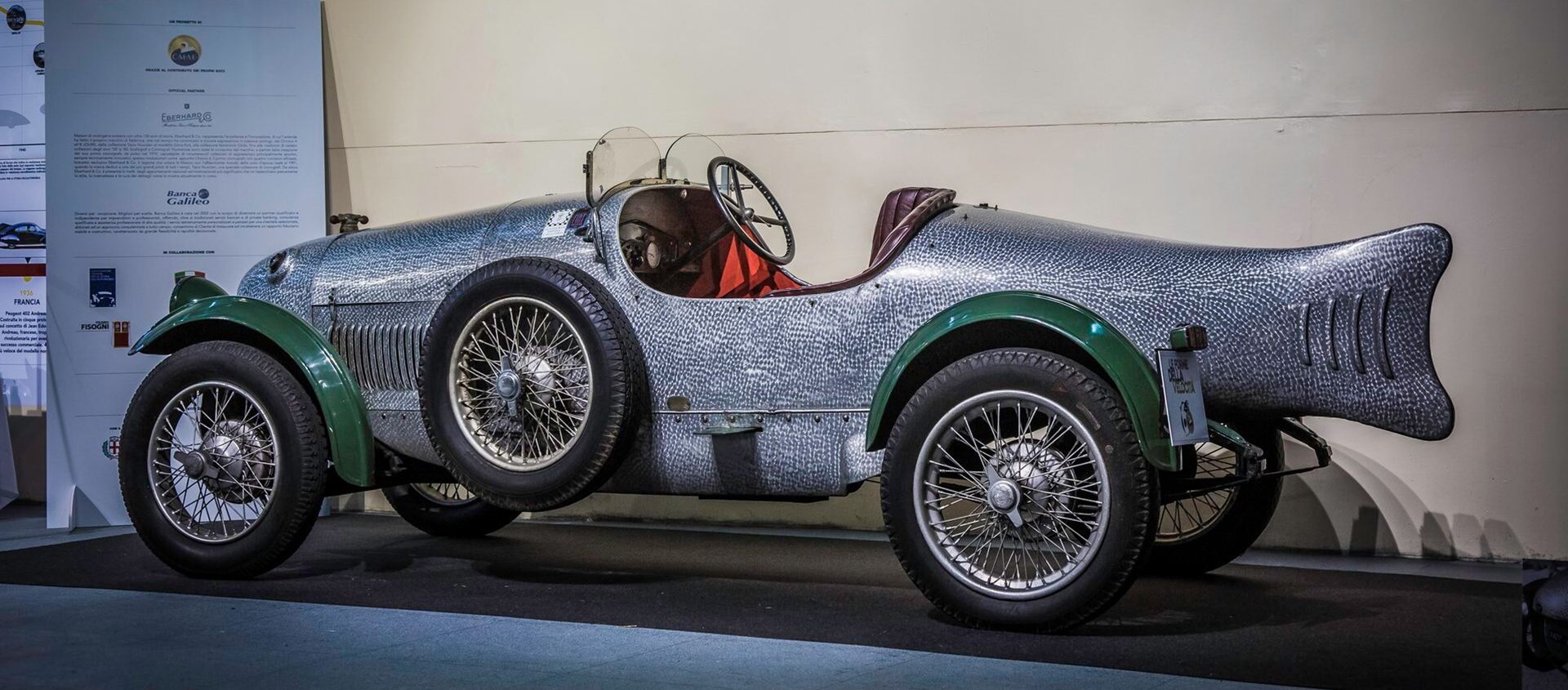Pieds dans l'eau
14 August 2020 1 min read 4 images

If there is one thing that has always clearly distinguished the Italians from the French, it is their totally different conception of the phenomenon of the motor car.
Register to unlock this article
Signing up is free and gives you access to hundreds of articles and additional benefits. See what’s included in your free membership. See what's included in your free membership.
Already have an account? Log In


